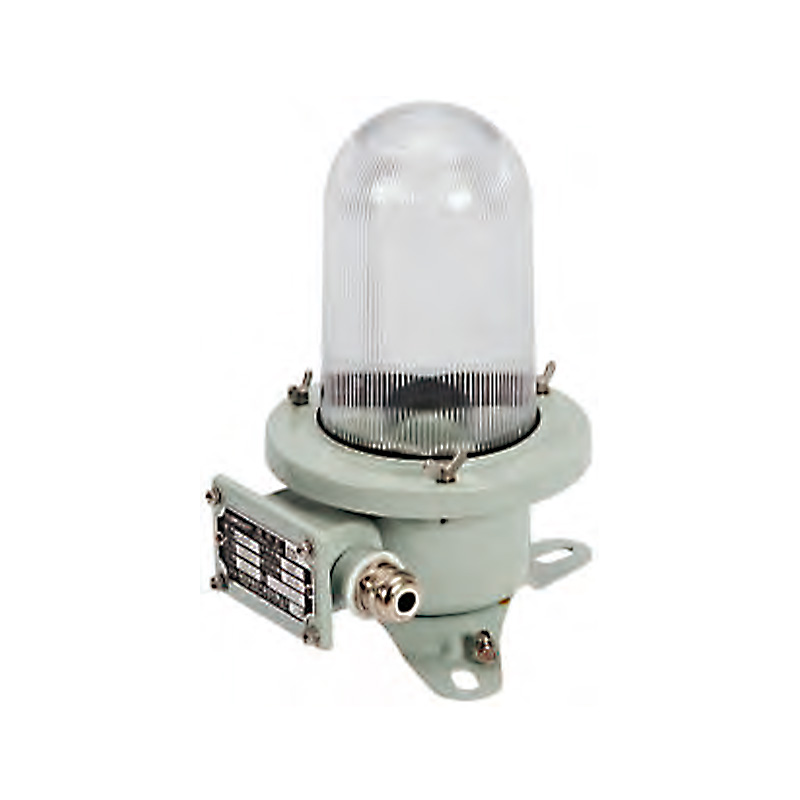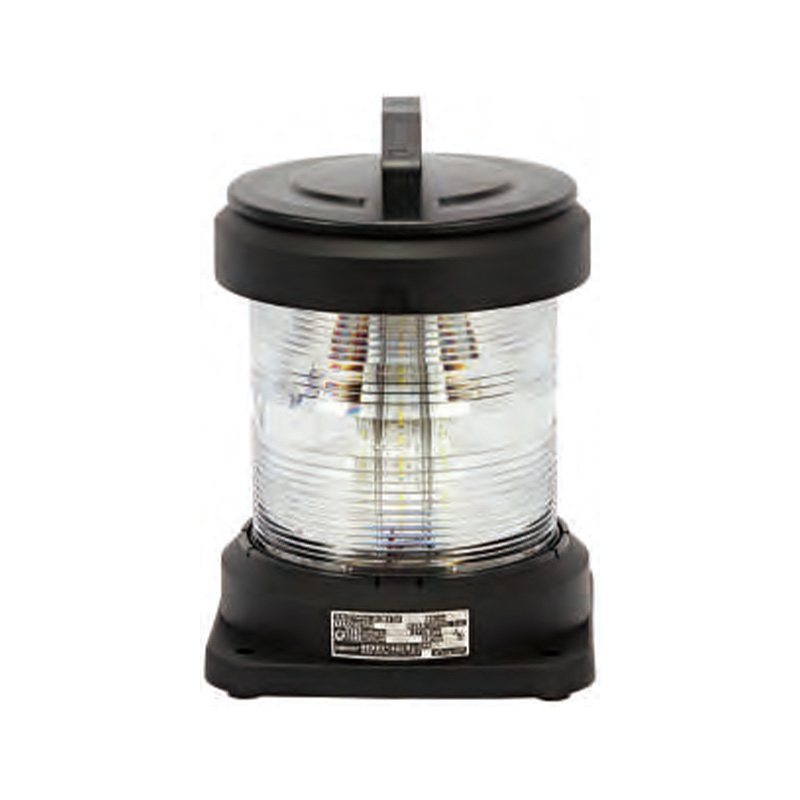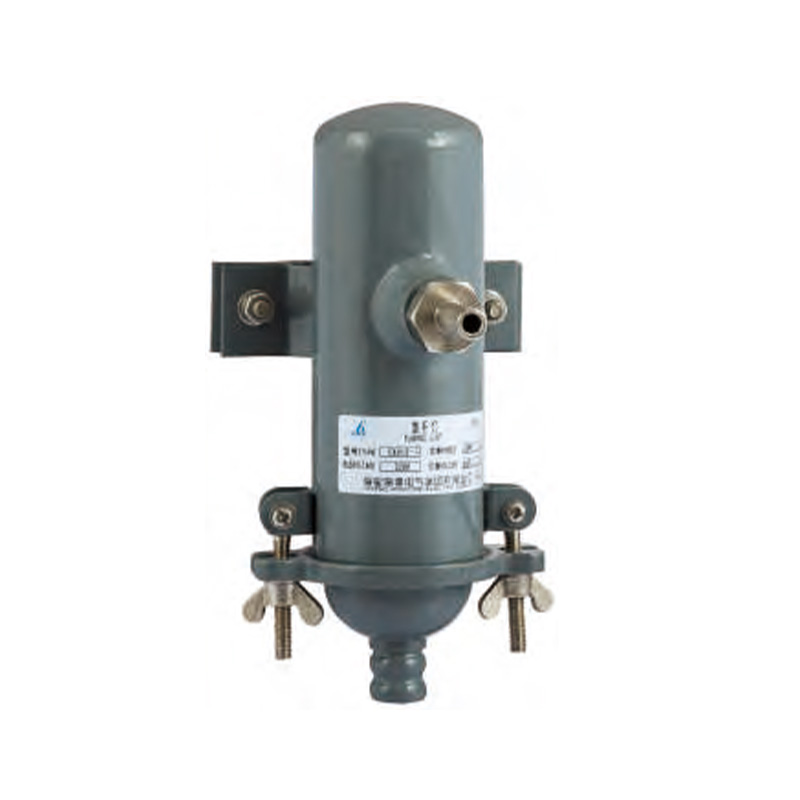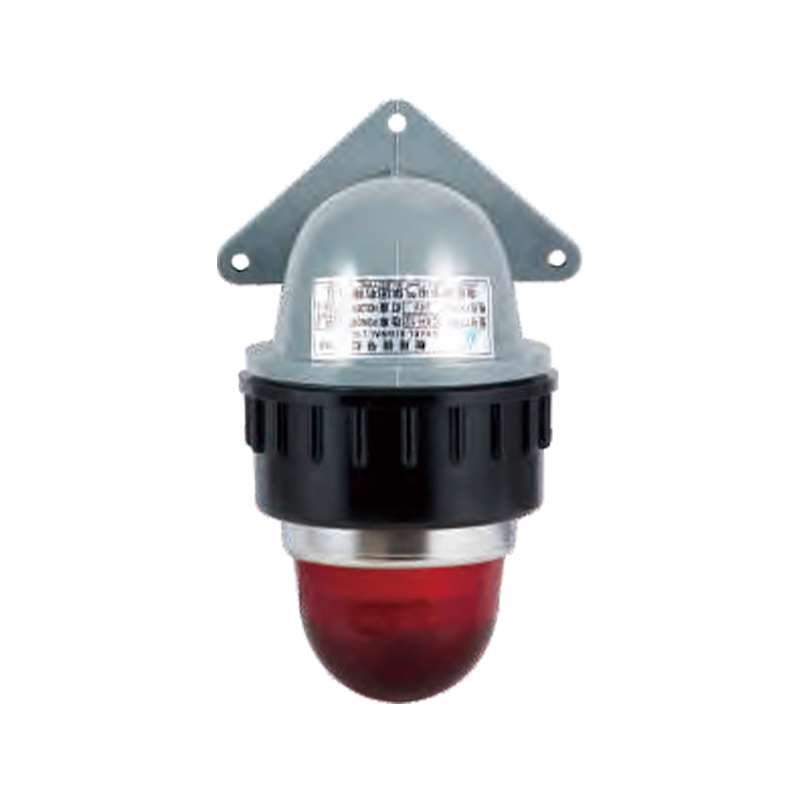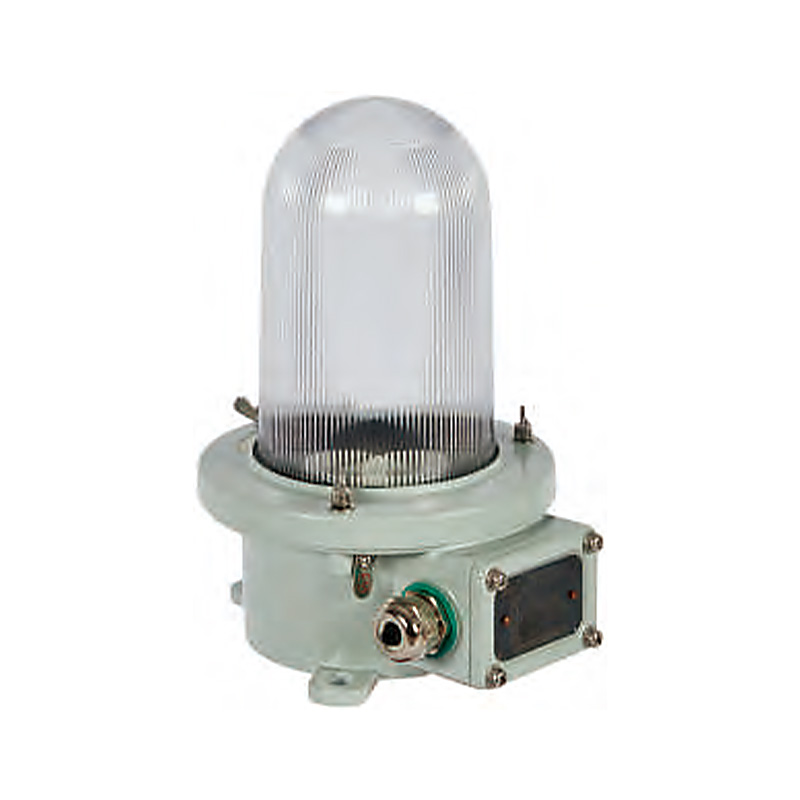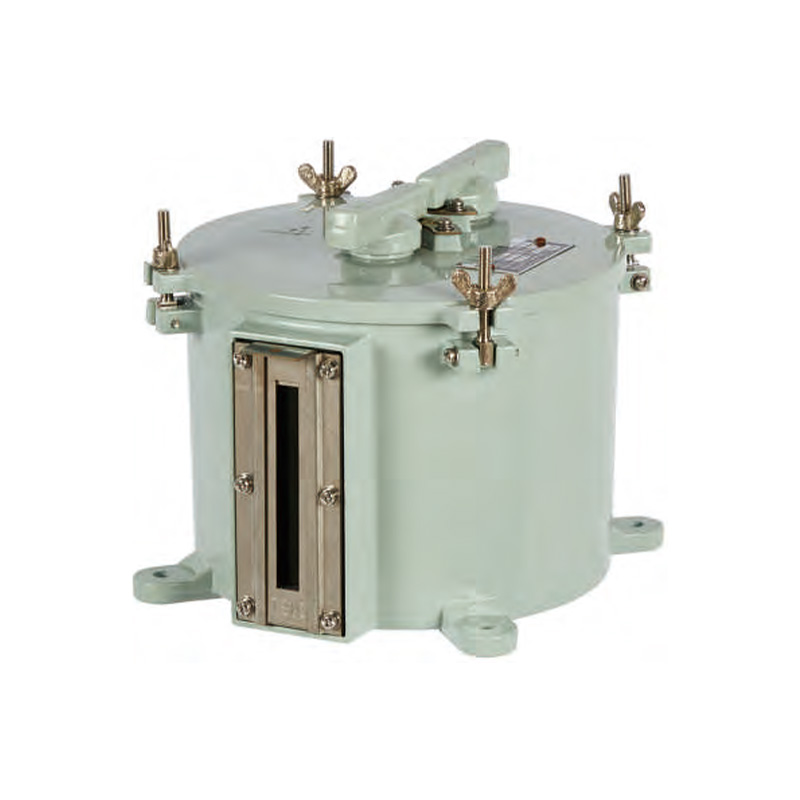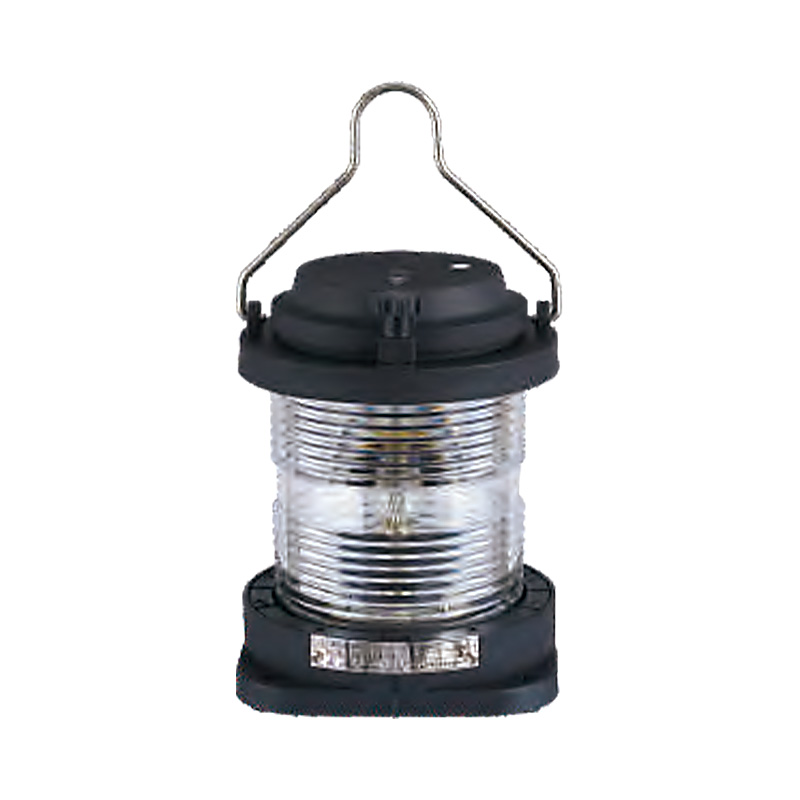How to Choose the Ampere of Marine Navigation Lights
During sea voyages, marine navigation lights are not only part of the ship’s components, but also a key component to ensure navigation safety. Whether it is crossing narrow waterways on a quiet night or maintaining visibility in bad weather, marine navigation lights play an irreplaceable role. However, when choosing these lights, it is often easy to overlook an important technical parameter – ampere. This article will comprehensively analyze how to scientifically and reasonably select the ampere of ship navigation lights from technical principles to practical applications.
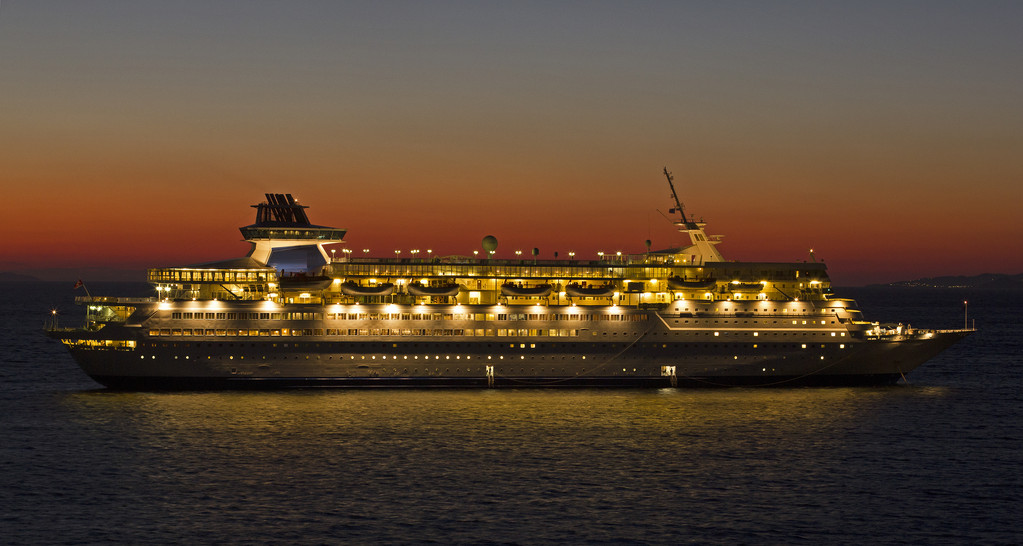
Table of Contents
Basic Knowledge of Marine Navigation Lights
The main function of navigation lights is to indicate the position, direction and type of the ship to avoid collision with other ships. If you want to choose the ampere number suitable for your ship, you need to understand the basic knowledge of marine navigation lights.
Classification & Function of Marine Navigation Lights
| Light Name | Installation Position | Light Color | Visible Angle | Primary Function | Typical Application |
| Port Light | Port bow (left front of the ship) | Red | 112.5° | Indicates the port (left) side to help determine the vessel’s direction and status | Underway (powered vessels) |
| Starboard Light | Starboard bow (right front) | Green | 112.5° | Indicates the starboard (right) side | Underway (powered vessels) |
| Stern Light | Exact stern center | White | 135° | Marks the rear of the vessel | All powered vessels underway |
| Masthead Light | Foremast or high point above bow | White | 225° | Indicates powered navigation and vessel heading | Required for powered vessels ≥7m |
| All-round Light | Highest visible point | White / Red / Yellow | 360° | Used as anchor light, towing signal, or special conditions (diving, not under command) | At anchor, limited maneuverability, or special operations |
| Anchor Light | Top center of vessel | White | 360° | Identifies vessel at anchor, visible in all directions | All vessels at anchor at night or low visibility |
| Towing Light | Stern of towing vessel | Yellow | 135° | Indicates towing operation in progress | Tug and tow operations |
| Not Under Command Light | Central or high point on structure | Two red lights | 360° each | Indicates vessel unable to maneuver | Engine failure, emergency stop, etc. |
| Restricted Maneuverability Light | Central structure | Red-White-Red vertical | 360° each | Used during special ops limiting maneuverability (e.g., cable laying) | Rescue, underwater operations, refueling |
| Sailing Light | Mid-mast or side mounted | Red & Green / White | 112.5° / 135° / 360° | For sailing vessels not using engines | Traditional sailboats, racing yachts |
| Diving Light | Near diving operation area | Red-White-Red or Red flag with stripe | 360° or Day signal | Shows diving operations underway, stay clear zone | Diving, salvage, underwater inspections |
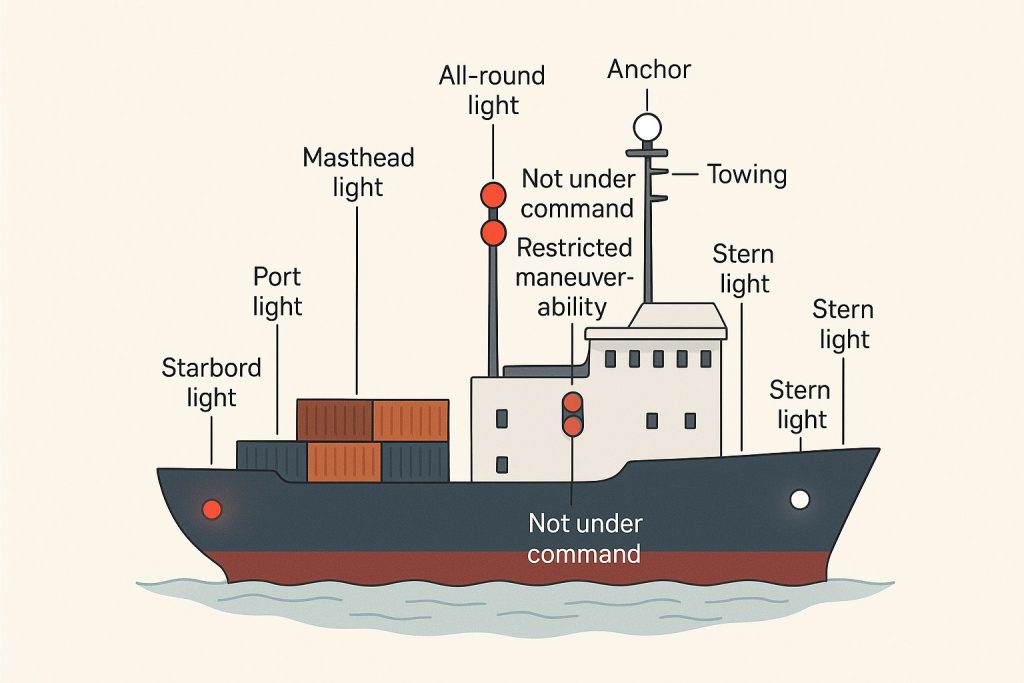
All navigation lights are visible in the horizontal direction, and most navigation lights need to be identifiable in all weather conditions (day and night, low visibility). The color, angle and brightness of the lights must comply with Article 22 of the International Regulations for Preventing Collisions at Sea (COLREGs). In recent years, LED navigation lights have gradually replaced traditional incandescent lamps due to their high visibility and low power consumption, becoming the mainstream choice. Each lamp has specific illumination angle and brightness requirements to ensure that other ships can correctly identify it.
Navigation Light Requirements by Vessel Size
| Vessel Type | Length / Condition | Required Navigation Lights | Notes |
| Power-driven vessel (underway) | < 7 meters | All-round white light | If sidelights not practicable, all-round white light is sufficient |
| Sidelights (if practicable) | |||
| 7 – 12 meters | Masthead light (white) | May combine masthead & stern into all-round white in small craft | |
| Sidelights (red/green) | |||
| Stern light (white) | |||
| 12 – 50 meters | Masthead light (white) | Must be separate lights with proper arcs | |
| Sidelights | |||
| Stern light | |||
| ≥ 50 meters | Masthead light (white) | Required to have a second masthead light for visibility from both directions | |
| Second masthead light abaft and higher | |||
| Sidelights | |||
| Stern light | |||
| Sailing vessels | < 20 meters | Combined red/green at bow | May use tricolor masthead light when under sail only |
| Stern light | |||
| ≥ 20 meters | Separate sidelights | Combination not allowed; must mount lights at proper height and distance | |
| Stern light | |||
| Anchored vessels | < 50 meters | One all-round white light at the bow | Visible from all directions |
| ≥ 50 meters | One forward all-round white light | Ensures long vessels are visible from all angles | |
| One aft lower white light | |||
| ≥ 100 meters | Anchor lights | Deck illumination improves visibility for nearby vessels | |
| Deck lights to illuminate working deck | |||
| Towing vessels | Tow < 200 meters | Two masthead lights in vertical line | Towing light replaces stern light |
| Sidelights | |||
| Stern light | |||
| Towing light (yellow) | |||
| Tow ≥ 200 meters | Three masthead lights in vertical line | Towing distance must also be marked by day with diamond shape | |
| Same as above | |||
| Fishing vessels (trawling) | All sizes | Green over white all-round lights | Signals trawling operation |
| Sidelights and stern light (if >20m or if underway) | |||
| Fishing vessels (non-trawling) | All sizes | Red over white all-round lights | Signals lines, nets, or traps in water |
| Sidelights and stern light (if >20m or if underway) | |||
| Vessel not under command | All sizes | Two red all-round lights in vertical line | Indicates loss of ability to maneuver |
| Restricted maneuverability | All sizes | Red-white-red all-round lights in vertical line | Used for dredging, cable laying, replenishment, etc. |
| Pilot vessels | All sizes | White over red all-round lights | “White over red, pilot ahead”—used when on duty |
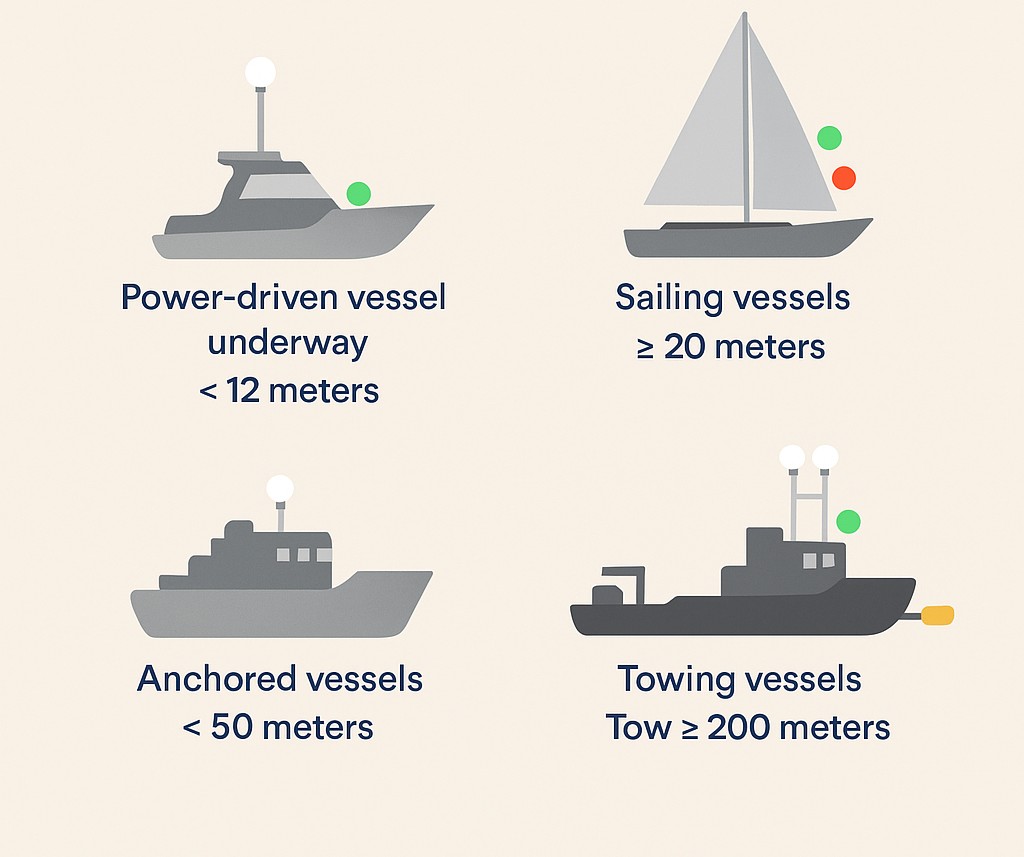
Therefore, the light power and amperage are directly affected by the size of the vessel and the application environment.
What is the Ampere Rating of Marine Navigation Lights
The ampere of a navigation light refers to the current it consumes during normal operation. The unit is ampere (A). It is a key parameter used to evaluate the lamp’s power load.
Understanding the ampere helps select a suitable power supply system. It also guides the choice of appropriate cable thickness.
More importantly, it helps avoid safety hazards. These include line overload, fuse blowing, or even equipment damage.
In ships with limited space and concentrated power loads, current control becomes critical. Each lamp’s consumption must be reasonably managed to maintain system stability. With LED technology advancing, modern navigation lights are more energy-efficient. They use low-power designs while maintaining brightness and visibility. This helps reduce the ampere significantly and improves overall energy efficiency.
Although ampere seems like a basic parameter, it plays a vital role. It affects circuit safety, equipment compatibility, and long-term operational costs. Therefore, shipowners and engineers should give it the attention it deserves.
How to Calculate Amperage for Marine Navigation Lights
To calculate the ampere rating of a marine navigation light, the key is to use a basic electrical formula:
Amperes = Power (W) ÷ Voltage (V).
This formula applies to both DC and low-power AC lighting systems and provides a straightforward estimation. In practical applications, ships are typically equipped with 12V, 24V, or 110V power systems, while the power of navigation lights varies depending on the type. For instance, LED lights usually range from 1W to 10W, while traditional incandescent lamps may reach 25W or higher. For example, if a 24V LED navigation light is rated at 6W, its operating current would be: 6W ÷ 24V = 0.25A. This value represents the current required for the lamp to function normally.
Understanding this calculation method helps in designing efficient lighting circuits and prevents issues such as wire overheating, blown fuses, or power mismatches caused by excessive current. Especially in systems with multiple lights or continuous night operation, accurate current calculations are essential to ensure the electrical system remains safe and stable.
Factors Affecting the Selection of Amperage for Marine Navigation Lights
Size & Type of Vessel
The size and type of the ship are the primary factors that determine the configuration of navigation lights. According to the International Regulations for Preventing Collisions at Sea (COLREGs), ships of different lengths and functions have clear requirements in terms of light brightness, color, installation height, and visible distance.
For example, ships less than 12 meters in length can use a single white 360-degree all-round light to represent the navigation status, while commercial ships over 50 meters in length must be equipped with independent bow lights, stern lights, side lights, and mast lights, etc. Multiple directional lights to achieve all-weather identification functions. The nature of the operation is also important. For example, tugboats, fishing boats, or sailboats all need to be equipped with dedicated identification lights in addition to basic navigation lights.
In general, the larger the hull and the more complex the mission, the more stringent the function and arrangement of the navigation lights, requiring more circuits, higher power, and more professional installation design.
Ship Power System
The power systems used by different ships vary greatly, with common ones being 12V, 24V DC systems, or 110V, 220V AC systems. Marine navigation lights must match the voltage level and frequency of the main power system to avoid voltage instability, lamp burnout, or system overload. Especially on larger ships or ships with multiple power systems, the power supply may involve multiple partitions or battery packs, and the voltage adaptability and anti-interference performance of the lamps are particularly critical.
In addition, in order to improve operational safety, modern ships generally adopt redundant power supply designs, such as setting up emergency power supply circuits and backup batteries to ensure that navigation lights can still maintain normal lighting when the main system fails. Therefore, when selecting lamps, not only should their voltage and power be confirmed, but also their compatibility with the overall power system, overload protection capabilities, and whether they support intelligent power management systems should be considered.
International Norms & Safety Redundancies
The selection of marine navigation lights must strictly follow international regulations to ensure the safety and legal compliance of maritime navigation. The SOLAS Convention and COLREGs issued by the International Maritime Organization (IMO) have unified specifications for the type, illumination angle, color, and visible distance of navigation lights. For example, the sidelight must have a horizontal viewing angle of at least 112.5 degrees, and the effective visible distance of the masthead light must not be less than 6 nautical miles (for large ships). In addition, regulations also require that all key lighting equipment have structural characteristics such as waterproof, anti-corrosion, and anti-vibration to adapt to extreme environments such as high humidity, high salt, and high vibration in the ocean.
On this basis, considering the needs of night navigation, bad weather, and emergency use, the navigation light system should have a certain safety redundancy design, such as dual-power supply, automatic switching, fault alarm, etc., to ensure that the most basic light warning capability can be maintained even in the event of a main system failure. Compliance with these specifications can not only reduce the risk of maritime accidents, but also help pass compliance audits such as port state control (PSC).
How to Choose the Right Amperage
Selecting the right ampere (A) is essential to ensure the electrical safety and operating efficiency of marine navigation lights. First, the theoretical current value should be calculated based on the rated power (W) of the navigation light and the power supply voltage (V) used by the ship, using the formula: Ampere = Power ÷ Voltage. After the basic current value is obtained, a certain margin factor (usually an increase of 10%~20%) needs to be considered to cope with power changes caused by voltage fluctuations, starting current shocks or equipment aging. Secondly, if multiple sets of navigation lights are installed on the ship, the total ampere of the system should be calculated to match the appropriate power line, fuse specifications and battery capacity to avoid the risk of circuit overload. Also pay attention to the following details:
Choose According to Vessel Size
There are significant differences in navigation light configuration and electrical system design for ships of different sizes, so the choice of amperage should also vary from ship to ship. For small ships (such as yachts or fishing boats under 12 meters), due to the small number of lamps and low power load, it is usually only necessary to consider the current consumption of a few LEDs or low-power halogen lamps, and the overall amperage can be controlled within a few amperes. For medium and large ships (such as merchant ships, warships, tugboats, etc.), not only are there a large number of lamps installed, but each lamp may require independent power supply, and the overall system current demand increases exponentially.
Therefore, the total ampere of each lamp must be accurately calculated, and a safety margin of more than 20% must be reserved to cope with system redundancy and emergency load switching. In short, the larger the ship and the more lights there are, the more refined the design of amperage control is required to avoid circuit imbalance or equipment overload.
Consider Energy saving
In modern ship design, energy efficiency is an important dimension that affects the selection of navigation lights and current control. Although traditional incandescent lamps or halogen lamps have high illumination, they consume large current and have short service life, and have been gradually replaced by LED marine navigation lights. LED lamps not only have significant energy-saving advantages, but also require only 30% to 50% of the amperage of traditional lamps. They can also significantly reduce the overall system power load, reduce the pressure on the generator and extend the service life of the power supply system.
In addition, energy-saving lamps can also help ships extend their endurance and save fuel costs during long voyages, and comply with the green shipping policies promoted by organizations such as IMO. Therefore, when choosing amperage, the energy consumption level and energy efficiency ratio of the lamp should be given priority, and products with high brightness, low current and long life should be selected to achieve dual optimization of lighting and energy saving.
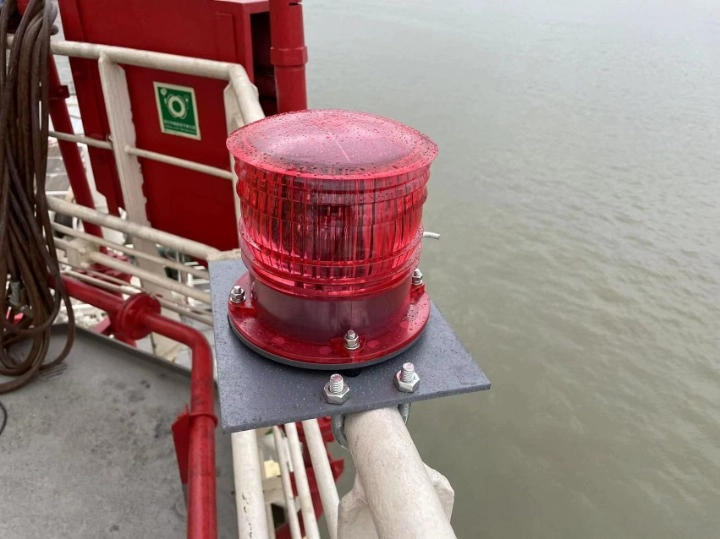
Avoid Over-Amp
In actual design and application, many ship owners have the misunderstanding of “better more than less”, and blindly choose high-ampere navigation lights in an attempt to increase brightness and visible distance. However, this practice may cause a series of problems: such as circuit overload, cable overheating, frequent fuse blowing, and increased equipment aging. It not only affects navigation safety, but also increases maintenance costs.
Therefore, when determining the current of the lamp, it should be strictly calculated based on actual lighting needs, regulatory standards and system electrical load. Avoid wasteful configuration of “pile power”, and also prevent underestimation of current leading to insufficient power supply. Reasonable ampere design should be based on a scientific balance between measured data and redundancy strategy, rather than blindly pursuing “bigger is better”.
Circuit Design Recommendations
Effective control and matching of amperage depend heavily on proper circuit design. First, it’s essential to adopt a unified voltage standard for the power system (e.g., 12V or 24V DC), and choose cable gauges that match the expected amperage to ensure that voltage drop and heat buildup remain within safe limits. Each light group or circuit should be equipped with its own dedicated switch and fuse to facilitate fault isolation and reduce the risk of localized overcurrent. Furthermore, consider integrating current monitoring modules or smart distribution panels that provide real-time ampere readings and remote alarms, enhancing overall system safety. For different vessel types, it is also wise to design for future expansion, leaving room for additional circuits and backup power options.
Precautions
Circuit Compatibility
When replacing or adding new navigation lights, the first priority is ensuring compatibility with the vessel’s existing electrical system. The rated voltage of the selected navigation light must match the ship’s power supply (such as 12V, 24V, or 110V). Otherwise, using a higher voltage can easily cause lamp burnout, circuit overheating, or even fires. This risk is especially high on vessels using DC systems if an AC device or mismatched voltage light is connected. To avoid these hazards, always double-check the nameplate parameters of the navigation light before installation. If necessary, use voltage converters or stabilizers to ensure electrical stability and safe operation between devices and circuits.
Regulatory Compliance
All marine navigation lights must comply with International Maritime Organization (IMO) standards and local maritime authority regulations. Specifically, IMO Resolution MSC.253(83) outlines strict requirements for the structure, visible range, color, luminous intensity, operating life, vibration resistance, and corrosion resistance of navigation lights. These standards serve not only as a global technical benchmark but also as essential criteria for vessel certification and inspection approval. When selecting and installing navigation lights, it is strongly recommended to use IMO-certified products with third-party testing reports (such as DNV or ABS) to ensure regulatory compliance and reliable performance during both operation and inspection.
Maintenance & Replacement
Although modern LED navigation lights offer a long service life—often exceeding 30,000 hours—regular maintenance remains essential. It is recommended to inspect the lights annually to check for seal integrity, secure wiring connections, stable current output, and signs of flickering or dimming. Additionally, even though LED lights themselves are durable, their power driver modules may degrade over time under high-load conditions, potentially reducing overall performance. To prevent in-navigation failures that could compromise safety, ship operators should implement a routine inspection and preventive replacement plan, ensuring the lights remain in optimal working condition at all times.
FAQ
Conclusion and Purchase Recommendations
Choosing the appropriate ampere rating for marine navigation lights is not just a technical decision—it directly impacts navigational safety and energy efficiency. Yushuo recommends that shipowners or shipyards take the following steps before making a purchase:
- Clearly define the vessel type, number of lights, and operating voltage;
- Accurately calculate the total amperage required;
- Select LED navigation lights that comply with international standards;
- Reserve a 10%–20% current margin to ensure system stability;
- Consult a qualified electrician to verify circuit compatibility.
If you’re looking for low-power, high-brightness marine navigation lights that meet IMO regulations, be sure to explore our carefully curated selection on the official Yushuo website—your reliable partner in safe and efficient voyages.

